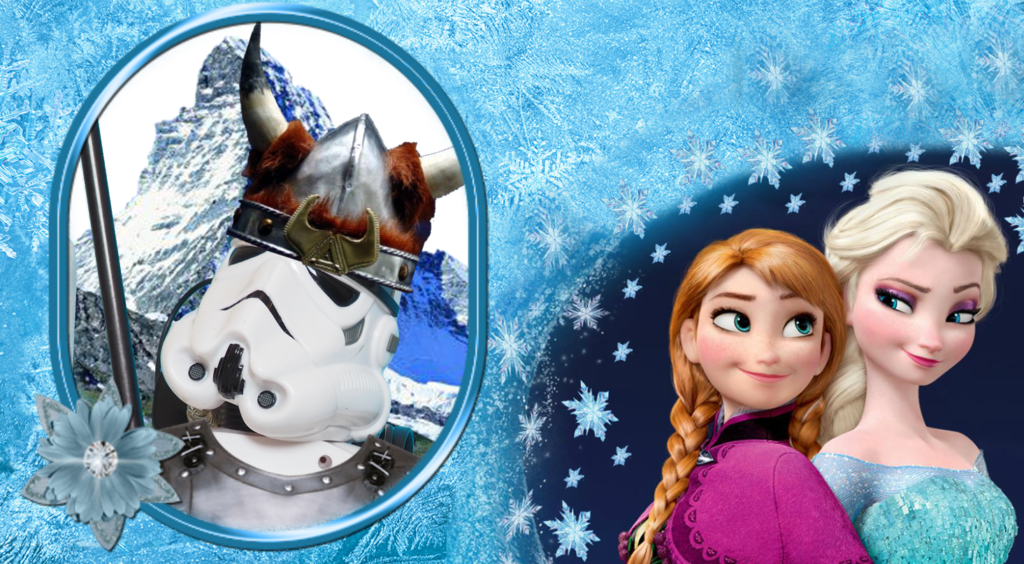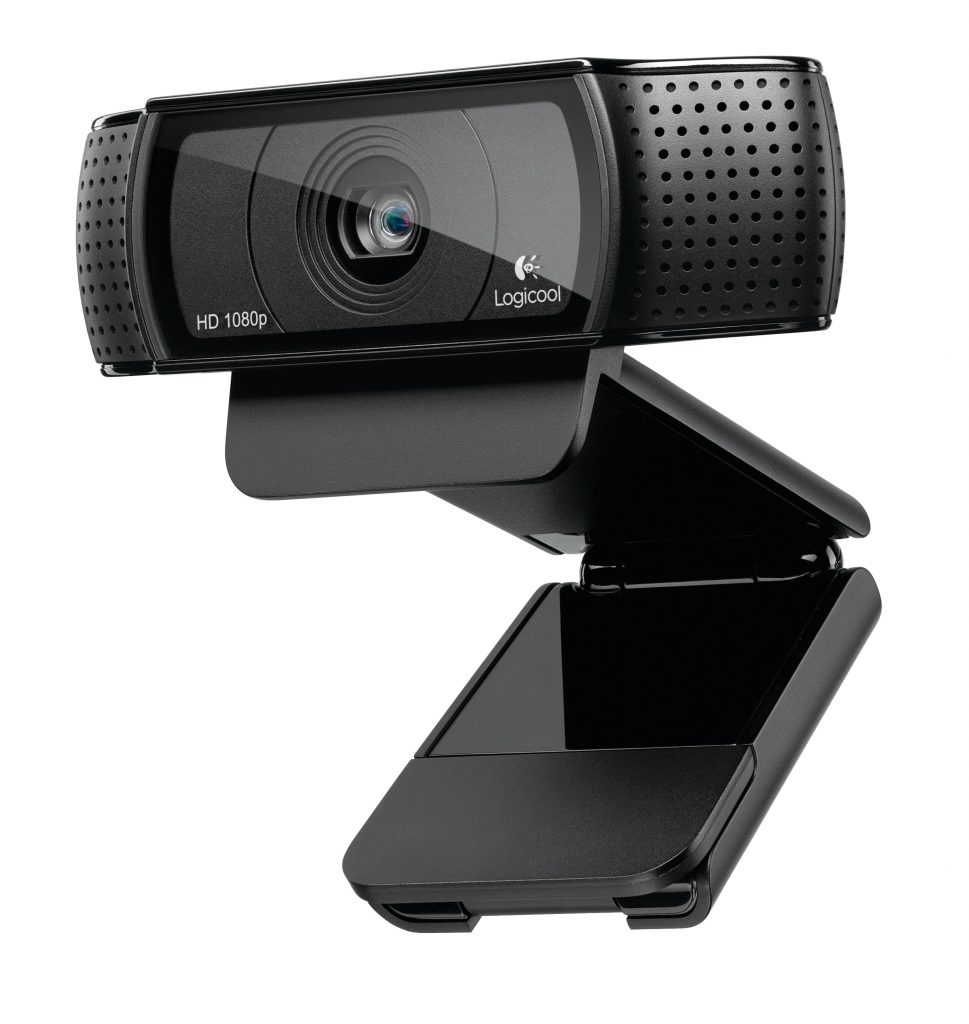
[Please note this is a ‘workbench’ project which means it is currently work in progress. I have just started on this – so it is early stages.]
[Progress Update: Now commenced with the 2.0 Ideation Phase and considering appropriate 3.0 Objectives and Assumptions.]
Introduction
This project is based on many questions around love in the robot brain – and yes the Xzistor Concept explains how love works in the mind and allows us to make robots feel real subjective love.
Having said that – what we are demonstrating here is more a case of ‘lust’, as Troopy has not learnt enough about life or known his ‘object of desire’ long enough to contextualise other qualities beyond physical attraction.
Troopy’s admiration and affection for Elsa from the children’s movie Frozen is well-documented. Exactly why he has taken a fancy to this celebrity is not clear but gossip magazines around the world have speculated that it could be the similarities between his clinical white lab environment and her snowy world. I am looking at building an ‘Elsa’-robot that could act as a partner for Troopy and teach him about love and the ‘birds and the beez’ ! 🙂

The projects explains many interesting physical aspects in terms of preferences, arousal and interesting parallels with the aggression algorithm (same basic class of algorithm). This includes sexual stimulation, gratification and the elusive concept of euphoria.
Deciphering euphoria was about as difficult as developing the total brain model itself and it was only by using the Xzistor Concept brain model as a basis, that I could gain insight into where this elusive state was hiding and how to reproduce it artificially. Yes, the mathematics also explains how machines can experience euphoria!
To qualify the affection Troopy feels for Elsa as ‘love’ rather than ‘lust’ we are adding two ‘dating opportunities’ where we let Elsa ‘feed’ Troopy and we let Elsa be present when he plays so that her face becomes associated with happy (fun) times in Troopy’s world. In this way he not only appreciates her for her physical attributes, but also the fact that they have shared some happy moments together. All of this we will need to test step by step and then see if they hit it off. Should be another ‘world-first’… and a lot of fun! 🙂
1.0 – Aim
Clearly define the aim of the project. Be clear on what it aims to prove (what it is – and what it isn’t). Suggested by me, reviewed and refined by our Labbers.
Demonstrate that Troopy can experience positive emotions when looking at Elsa and be attracted to her. The attraction (positive emotions) can be due to physical appearance and/or associating her with positive experiences like feeding and playing bu her simply being in his field of view when having positive experiences and thus associating her with good experiences..
2.0 Ideation
Creative (often messy) initial notes about approaches, options and conceptual aspects that could support achieving the aim. Labbers add their early thoughts.
Idea 2.1 – Frozen Doll: We can use a doll from the Frozen movie as ‘girlfriend’ for Troopy. Here is examples of dolls available that would be the right size (about £25):
The width of the doll is not ideal to fit the Logitec e920 webcam and the hands do not articulate, so might look around a little more. Perhaps a taller and wider doll that we can truncate like we did with Troopy.
Perhaps a doll like below with Elsa’s head on will give more space – must just make sure arms cn move easily and hands can be rotated:
On the right above is the Logitec c920 that is the only webcam I currently recommend for these implementations (white balance ON/OFF, gain, brightness control, etc). Lens area almost 10cm wide!
Interestingly, the shiny satin fibre will also play havoc with Troopy image processing algorithm as it will hardbe l observed as one colour (or shade of blue) and this will mean Troopy need to learn much longer to ‘recognise’ his dream girl. I will replace this dress with a simple not reflective gown of uniform blue colour.
Troopy’s optics can be set to simple colour panel identification 0f the bottom half field of view (dress colour) or adapted to use object recognition of the top half of the field of view using more detail features or both. For this simple initial experiment we will just let Troopy recognise Elsa by the colour of her dress (perhaps a first case of robot objectification?).
Idea 2.2: Passive Girlfriend: To simplify start off with a passive doll (not a robot) that will just an object of desire to simplify things. Turning Elsa into an Xzistor robot is easy but it will take time to effectively duplicate everything. This can be a future project.
Problem: Need to look at how to avoid the tangling of umbilical chords when we have multiple robots in one Learning Confine.
3.0 – Objectives & Assumptions
Nailing down very clearly the objectives and assumptions of this project that will achieve the aim.
4.0 – Project Planning & Stages
Break the project into logical stages to gradually progress to the final experiment that will meet the objectives.
5.0 – Experimental Setup and Parts Procurement
Set up the lab (Learning Confine, Robot and PC) up for the experiment and procure additional hardware and software that may be required.
6.0 – Work-benching through the Project Stages
Work the plan in a systematic way in collaboration with Labbers to meet the objectives.
7.0 – Results
Published results in the from of reports, posts and/or demo videos showing that the objectives have been met. Labbers get a chance to review and contribute – and suggest the way forward.
8.0 – Compliance Check
A final check to ensure the objectives have substantively been met. Labbers will be invited to do a final critical check to verify results.
Store records safely and securely.



